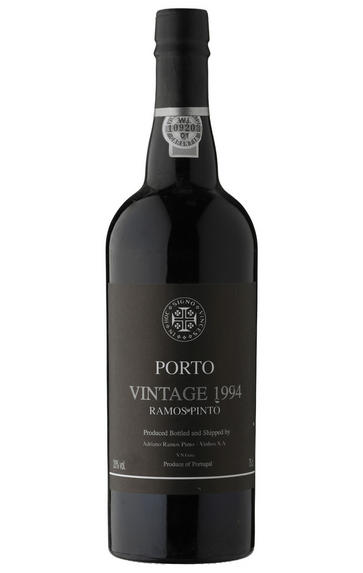
1994 Ramos Pinto, Port, Portugal
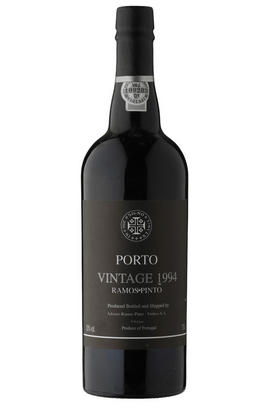
Critics reviews
The 1994 Vintage Port has a little extra Tinta Barroca this year, so I'm told. It helps produce a wine with modest concentration but expressive fruit and plenty of power. Emphasizing its finesse, this grew on me as it aired, the big finish delivering plenty of flavours. The finish's grip is impressive, which may be its best feature. It lingers nicely.
Drink 2016 - 2045
Mark Squires, Wine Advocate (October 2016)
Based on the Quinta do Bom Retiro in Torto valley, the 1994 is magnificent: opulent, ripe plummy fruit on the nose, dark chocolate concentration. Rich fruit, broad tannins, powerful finish. Wonderful now but a long life ahead.
Drink 2019 - 2050
Richard Mayson, Decanter.com (November 2019)
About this WINE
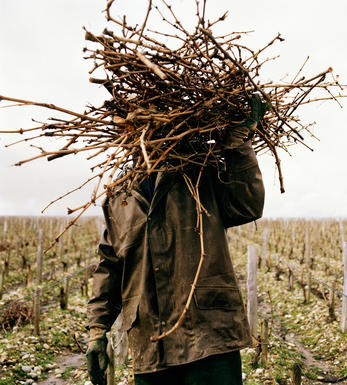
Ramos Pinto
Ramos Pinto was founded in 1880 by Adriano Ramos Pinto and the firm rapidly expanded worldwide and particularly in South America.
Ramos Pinto has had a long and distinguished history which has culminated recently with a take-over by the Louis Roederer Champagne House in 1990, whose healthy investment will see this shipper return to its former position.
In 1997, Casa Ramos Pinto created the Ervamoira Onsite Museum, aimed at environmental, oenological, archaeological and anthropological research of the Vale do Côa.
Today, Frédéric Rouzaud, one of the leaders of the Champagne House, continues the work of five previous generations of the Roederer family.
Ramos Pinto undertook a self-production policy meaning that it only produces wine and Port with grapes from its own estates. They understood that the quality of the wine and Port depends on the earth of the Douro region and therefore took ownership of a number of estates. Their autonomy gives its wines a unique and distinctive characteristic.
Recent developments have included extensive research into which of the Douro's vine varieties perform best in the various grade-A vineyards, and how best to benefit from this. Further innovation has continued in the winemaking processes, though the traditional treading of grapes by foot looks set to continue. With this investment and technical knowledge, Ramos Pinto is without doubt a name to follow.
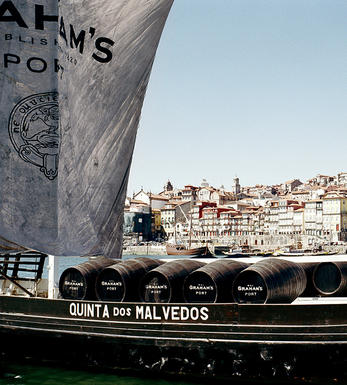
Vintage Port
Vintage Port accounts for only a small percentage of the total Port production - which includes Tawny, Ruby, Late Bottled Vintage, Single Quinta Vintage styles, among others - but is the finest, longest-lived and most expensive style that is produced. The best are as good as any wine in existence.
With the exception of legendary vineyards like Quinta do Noval Nacional and Quinta do Vesuvio, Vintage Port is made from a blend of wines from a producer's finest plots. It is aged for around 18 months in wooden casks before bottling; from then on the watch-word is patience. At least 15 years ageing – and for the top wines it will be significantly longer – is required before the tannins, spirit and fruit are fully integrated. Indeed, the finest examples can last well over 50 years.
Vintage Port is only made in exceptional years (normally around three times per decade) with considerable stylistic variation between different years and shippers. However, they all share a sweet, warming, spicy richness, power and complexity. In other good but not great vintages, many shippers produce a Single Quinta Vintage Port from their finest vineyard. These are made in the same way and have the same style as Vintage Port but tend to mature faster and are less profound. All Vintage Port throws a sediment as it matures, and thus requires decanting.
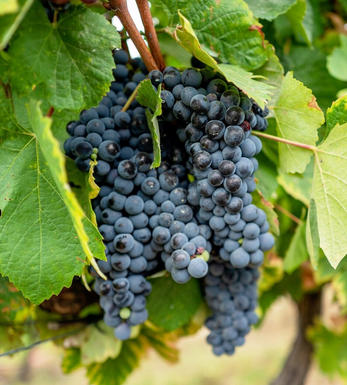
Port Blend
There are around 40 different grape varieties permitted in the production of Port - however the vast majority of Ports are produced from a blend of 5 grapes - Touriga Nacional, Touriga Francesca, Tinta Barroca, Tinta Roriz, and Tinto Cão.
Touriga Nacional produces small, dark-skinned grapes that produce opaque black wines of great extract and high tannins - it gives grip, body, and structure to the blend.
Touriga Franca has a thinner skin and consequently produces wines lighter in colour and tannins than Touriga Nacional. It contributes fruit, aroma, suppleness and roundness.
Tinta Roriz is the Portuguese name for Tempranillo and its high sugar content and low acidity contribute colour and fruit.
Tinta Barroca which is normally grown at highish altitudes and on north-facing slopes, is prized for producing wines of delicacy, finesse and with smooth, velvety fruit. It brings elegance and sweet, ripe fruit to the final blend.
Finally Tinto Cão produces fine and complex wines, though it is probably the least important of the 5 grapes as its painfully small yields have reduced plantings to almost insignificant levels.


Buying options
Add to wishlist
Description
The finest wines from Ramos Pinto's Quintas at Bom Retiro and Ervamoira high in the Douro valley have been blended to make the 1994. The fruits of extensive research into terracing techniques and varietal selection are in evidence here, specifically in the wine's impressive fruit profile and tannic structure. With delicate and nuanced flavours, this is an intellectual wine which continues to evolve delightfully.
Drink 2005 - 2020
wine at a glance
Delivery and quality guarantee